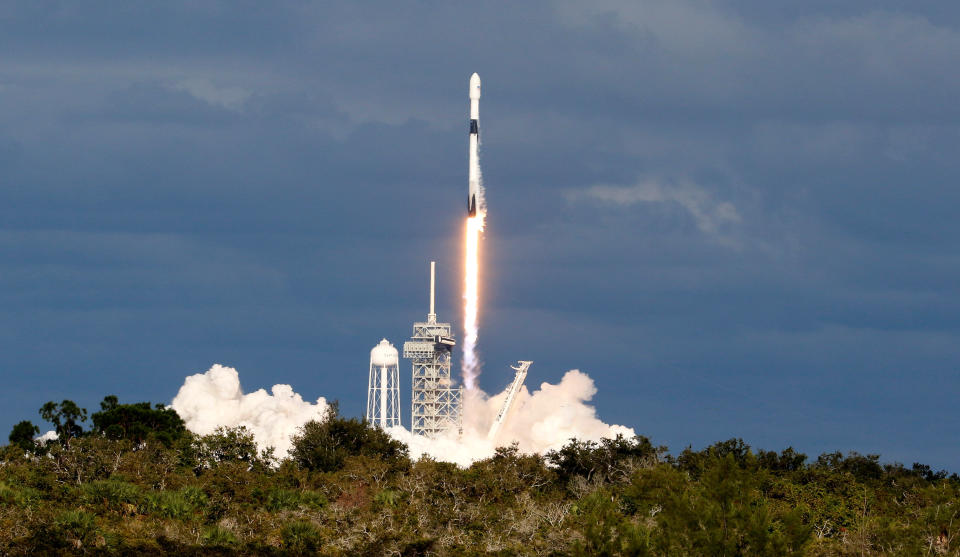Outer space gold rush has Wall Street eyeing the moon

Investors looking to cash in on the new space gold rush should keep their eye on the moon, according to a new note from analysts at Morgan Stanley.
The moon is increasingly seen as a national security issue, with countries including the U.S. and China, as well as a number of private firms, honing in on its strategic location and large deposits of critical minerals and water. Morgan Stanley’s analysts dubbed China’s recent landing on the far side of the moon a “Sputnik moment” for the U.S., and said the event is likely to spur investment in the new space economy.
“The moon is seen as an important weigh station for the preparation and launch of deeper space missions,” the analysts wrote. “Water on the moon can be used to sustain life and create fuel. Moreover, the moon has long been viewed as the ‘ultimate high ground’ in a military sense.”
Late last year, NASA announced it would partner with 9 commercial partners to explore the viability of the moon’s water and mineral resources. “We want to be one customer of many customers in a robust marketplace between the Earth and the moon.” NASA Administrator Jim Bridenstine said of the Commercial Lunar Payload Services Program. “In other words, we’re going to buy the service. We’re not going to own and operate the hardware,” Bridenstine said. “Think of it like venture capital.”
The space economy is expected to grow to a $1.1 trillion by 2040, analysts at Morgan Stanley wrote in an earlier note (it’s currently around $385 billion, according to the Space Foundation.) Most of the gains are likely to go to the private sector—the U.S. space program’s pivot to the commercial sector for space commerce has accelerated in recent years, as the government looked to drive down costs by offloading launches and satellite manufacturing.
“We believe more conspicuous lunar missions may highlight competing national security interests and accelerate the development of important adjacent technologies in AI, software,and cyber. The competitive dynamic may accelerate the development of the space economy in general,” the analysts wrote.
“We urge investors to contemplate the equity, economic, geopolitical and social implications of this new era of deep space exploration.”
So where can investors look if they’d like to get a piece of the new space economy? Apart from private companies like SpaceX and Blue Origin, analysts at Bank of America recently identified a number of industries and stocks with exposure to the new space economy, including:
Aerospace and defense: Lockheed Martin, Boeing and Northrop Grumman
Satellites: ViaSat, Inmarsat and Google’s Alphabet C
Materials: Toray, Hexcele and Ball
Insurance: XL Group and Lancashire Holdings, among others.
—
Jillian Harding is producer for Yahoo Finance. Follow her on Twitter @jill_harding.
Follow Yahoo Finance on Twitter, Facebook, Instagram, Flipboard, LinkedIn, YouTube, and reddit.
